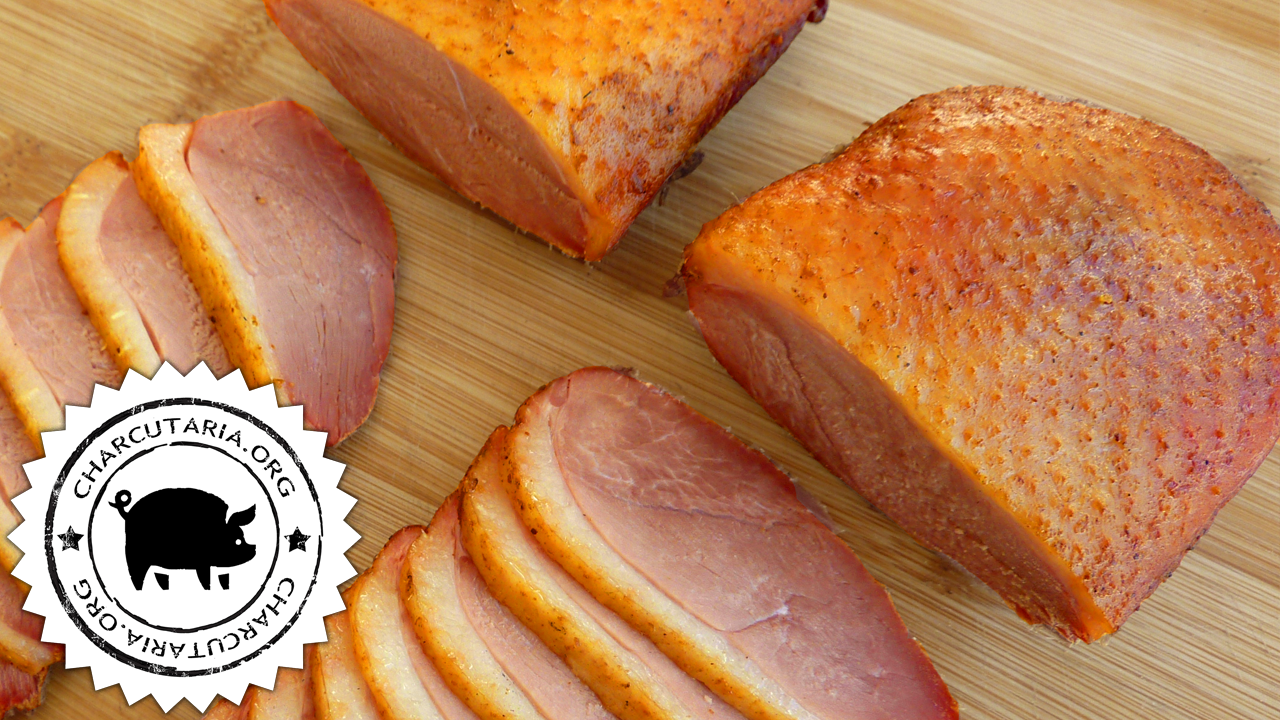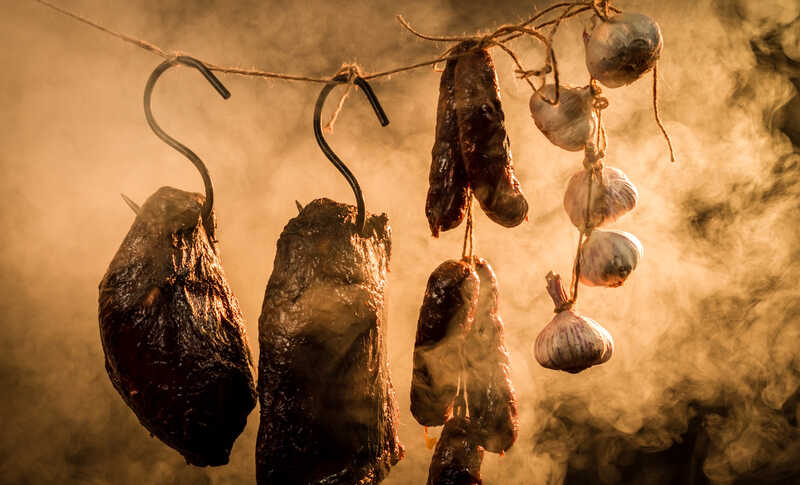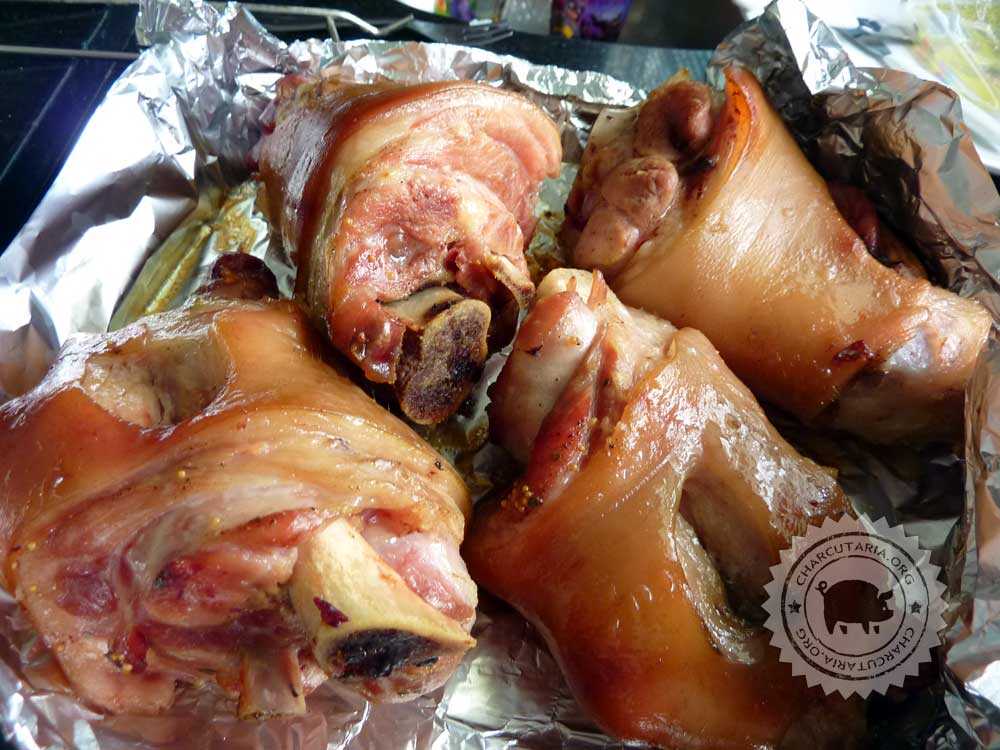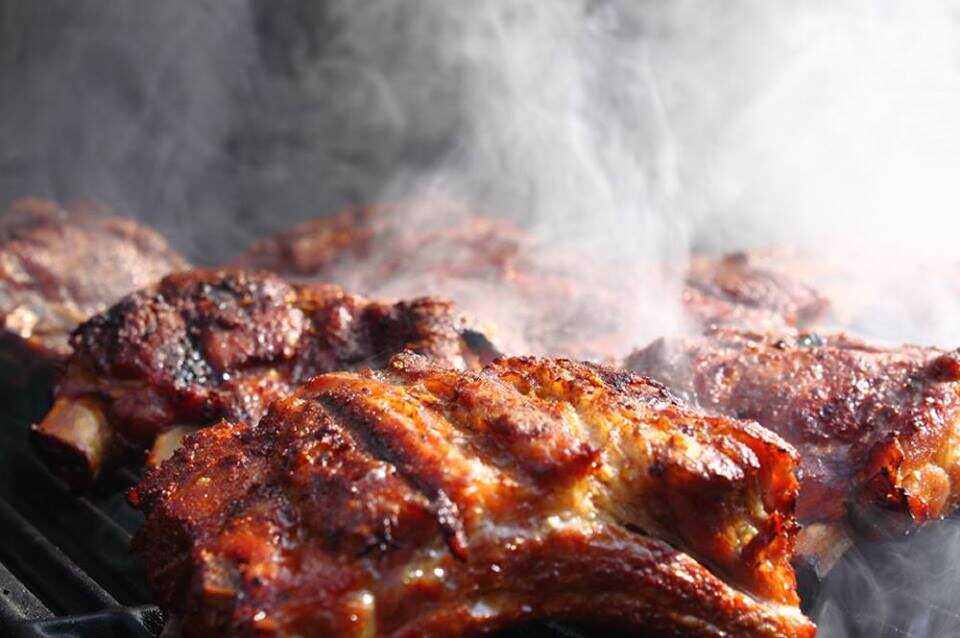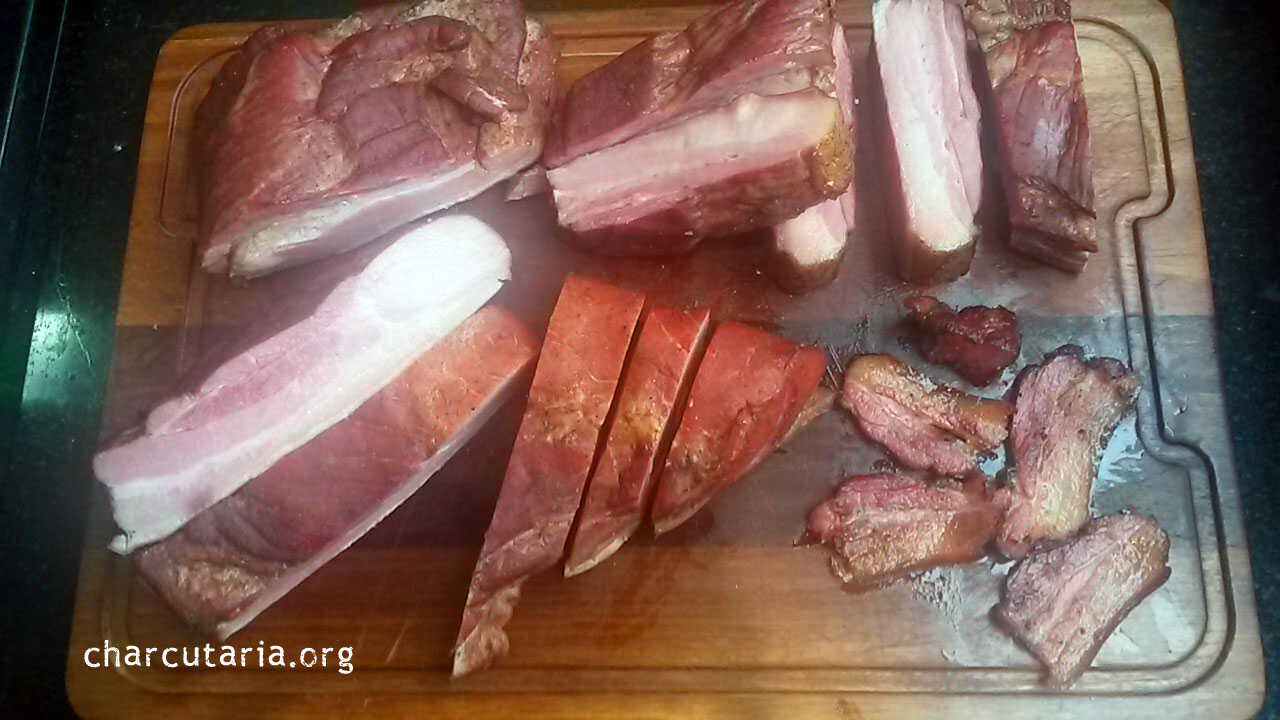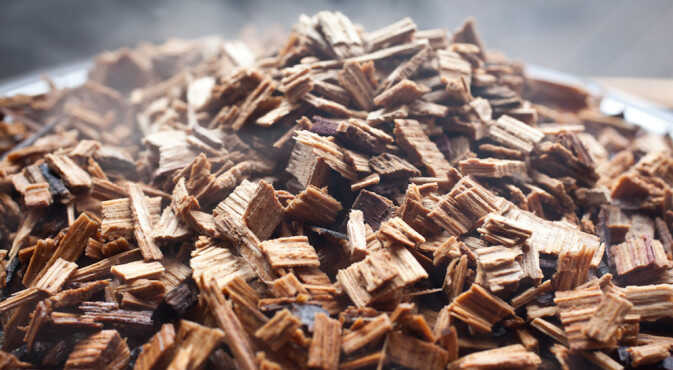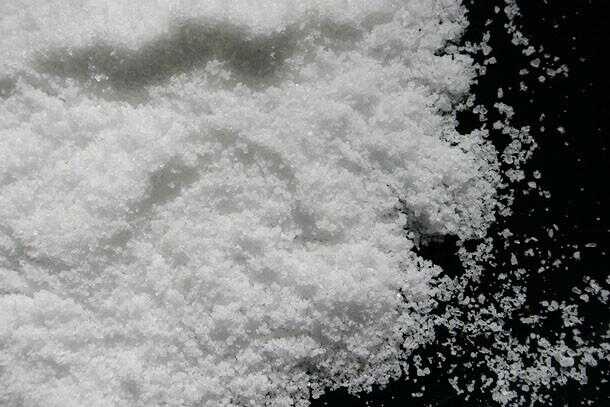
Sodium nitrate and sodium nitrite, also known as curing salts, are preservative food additives widely used in the food industry, they can be used together or alone. They have a very similar chemical composition. Precisely for this reason, many people get confused when deciding which of the two is best used when preparing preserves or meats that will require periods of curing, smoking, fermentation or extending their shelf life for later consumption. The difference in the chemical composition of these two additives is just one oxygen atom, sodium nitrite (NaNO2) has two oxygen atoms, while sodium nitrate (NaNO3) has one more oxygen atom. Continue reading Sais de Cura Nitrito e Nitrato de sódio


